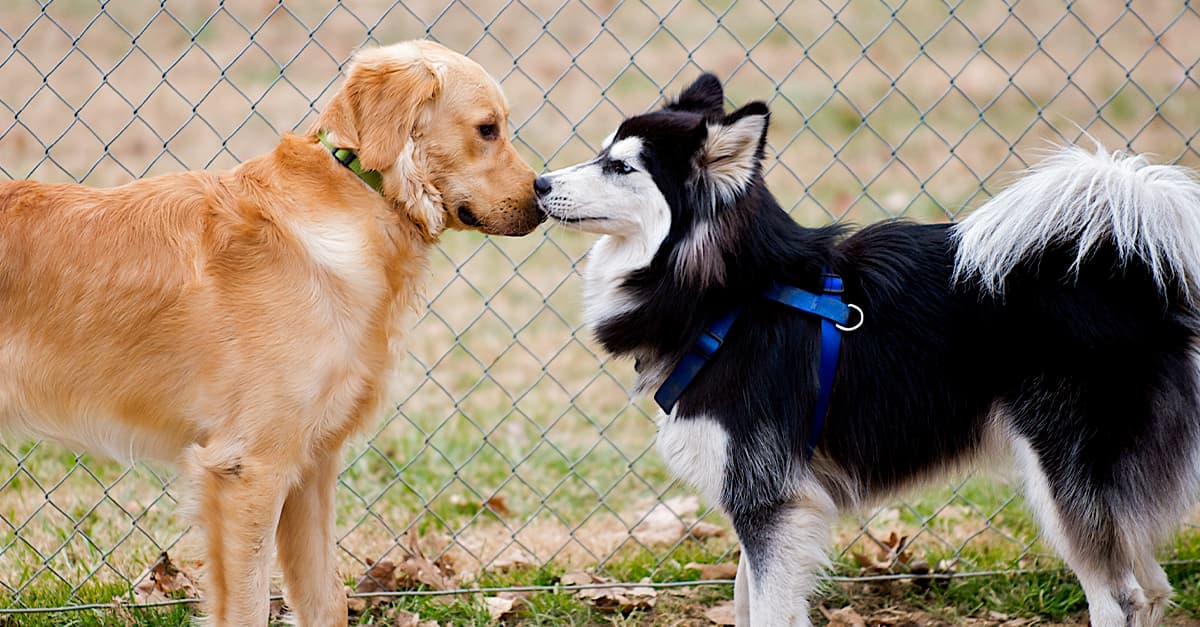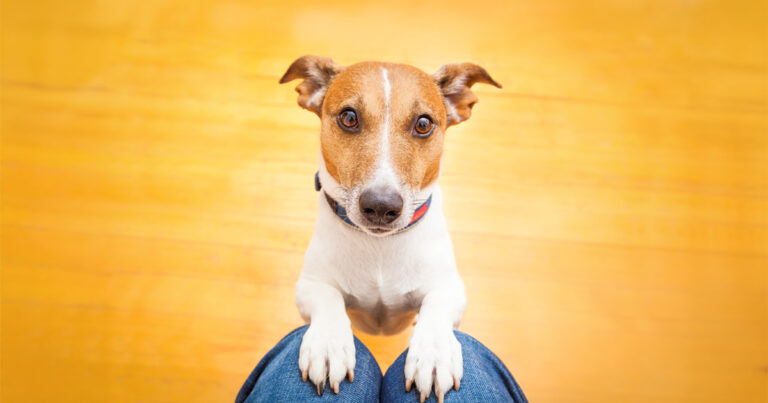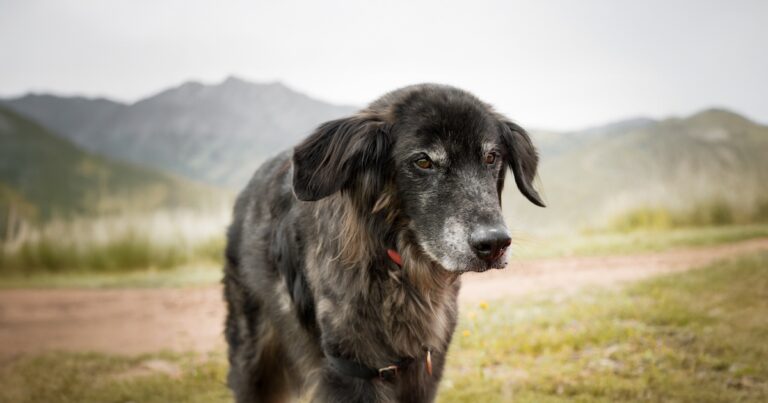Welcome to our Peculiar Pet Facts series, where we investigate the oddities of our pets and explore the science behind them.
The “twilight bark” spread the word of missing spotted puppies in a famous movie, but could this happen in real life? Can dogs actually “talk” to each other? It may not be the same way that people do, but dogs can communicate with each other. So in a sense, yes, dogs can talk to each other, whether at home, in public or at the dog park.
Types of Dog Barks and What They Mean
Dogs sure do make a lot of different noises — and in some cases, the same noise on repeat, all night. Vocalizations are not the main form of communication between dogs (see why below), but all those growls, howls, barks and yelps do typically mean something.
A high-pitched bark can mean either good or bad, depending on the circumstances. A happy, energetic pup playing with their dog-park friends may let out a high-pitched bark in excitement. But if that high-pitched sound is more of a yelp than a bark, it may be due to pain or surprise when playtime gets a little too rough. A low-pitched bark is generally a warning telling others to stay away or stop what they’re doing. Playtime is over.
Growls can also be either good or bad news (e.g., playtime growls vs. this is my food). Whining usually means your dog really needs something — like letting their hiking buddies know you’re not getting them out of the car quick enough. And if your dog needs to convey their message long-distance, howling is their best bet — although most dogs don’t really howl (at other dogs or the moon).
Their Body Language Says the Most When Dogs Talk to Each Other
The main language that dogs use to “talk” to each other is body language. Dog communication is often physical. Dogs who are happy and playful will have loose and relaxed postures and movements, whereas dogs who are standing at their full height with straight front legs and leaning forward are projecting dominance and possible aggression. A dog’s facial expressions can also tell other dogs how they’re feeling. We listed what some of these facial cues may mean in this post.
A dog’s tail can help convey its friend or foe feelings toward other dogs. If their tail is slightly raised and giving a great big wag, they’re excited and happy. A stressed and concerned dog will likely have their tail tucked between their legs. And if you see a dog with a stiff tall tail that’s doing quick wags, and their other body language is matching this sign of aggression, it’s time for your dog (and you) to back away.
The Reason Dogs Sniff Each Other’s You-Know-What: Dog Communication
The other way dogs can “talk” to each other is through scent. By stopping and sniffing the fire hydrant, tree, lamp post, grass, etc., dogs can possibly tell if their neighborhood was visited by a male or female dog, a young or old dog and whether the dog was healthy. And they get the same information by sniffing another dog’s nether regions during a greeting (the dog equivalent of a first impression for people). So unless either dog is showing signs of aggression or stress, it’s a good idea to let your dog greet another dog with a sniff — it’s a natural form of dog communication.
Dogs may not use the same methods to “talk” to each other as humans, but dogs can talk to each other using woofs, wags and whiffs to communicate. We can also use these signs (except scent, of course) to try to understand what our dog might be telling us. But remember that every dog is different, and each sign needs to be read in context with the other signs and the situation.

RELATED POST: Could Translating Animal Language to English Become a Reality?







